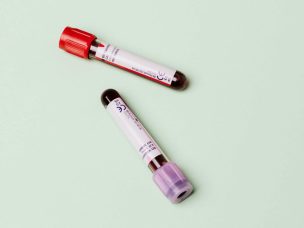TUESDAY, March 2, 2021 (HealthDay News) — Provider teams outperform solo providers for management of three new-onset chronic diseases, while among solo providers, care management and outcome differ little between physicians and nonphysicians, according to a report published in the March issue of Health Affairs.
Maximilian J. Pany, from Harvard Medical School in Boston, and colleagues used electronic health record data from U.S. primary care practices to examine how care management and biomarker outcomes after new onset of three chronic diseases (type 2 diabetes mellitus, hyperlipidemia, and hypertension) differed by team-based versus solo care and by care from a physician versus nonphysician (nurse practitioner and physician assistant).
The researchers found that irrespective of the team composition, provider teams outperformed solo providers. When receiving an abnormal biomarker result, provider teams submitted diagnostic claims at significantly higher rates than solo providers for type 2 diabetes mellitus and hypertension, but at similar rates for hyperlipidemia. Provider teams were also more likely than solo providers to have patients whose disease was under control for all three chronic diseases. Among solo providers, there was little meaningful difference in performance for physicians and nonphysicians.
“Our findings demonstrate improved performance of provider teams over solo providers,” the authors write. “To improve primary care outcomes, policy makers should consider a set of interventions that could encourage team formation and practice, such as innovative primary care delivery models and value-based payment reform that rewards collaboration.”
Abstract/Full Text (subscription or payment may be required)










